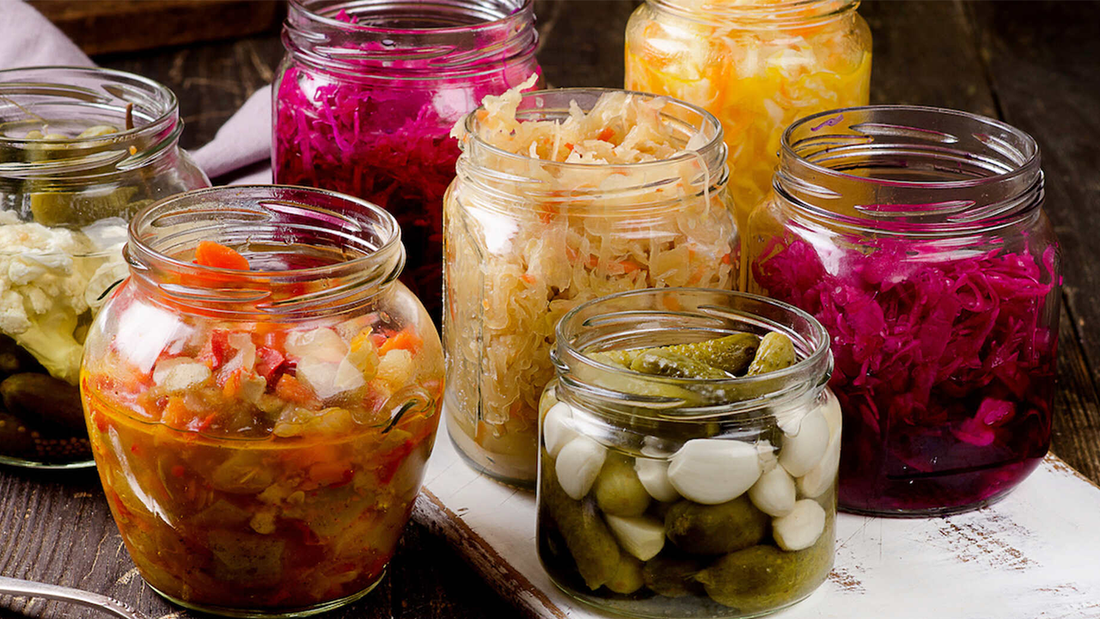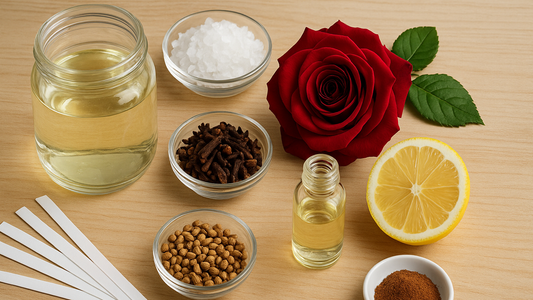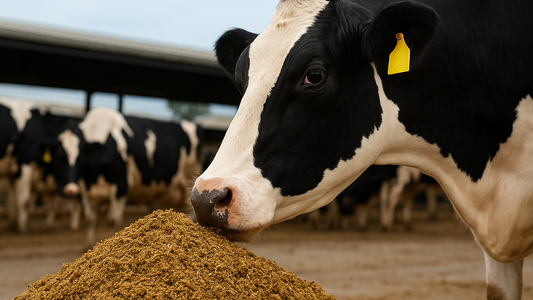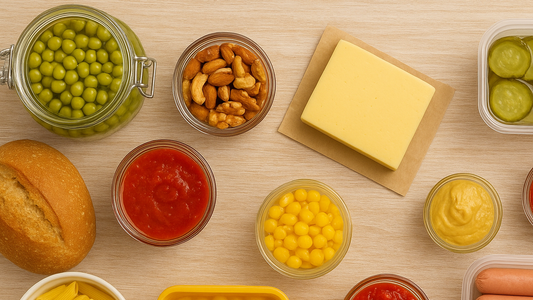Preserving food is an age-old practice, and mankind has been performing that in every civilization. Humans have developed various techniques to prolong the shelf life of their favorite foods. Whether it's a packaged item or a non-packaged one, modern science gives us the power to secure every product.
From ancient methods rooted in natural preservation to modern innovations driven by technology, the evolution of food preservation techniques tells a fascinating story of human adaptation. We will have a glance at both the techniques in this article.
Ancient techniques and food preservatives
People relied on simple yet effective methods to preserve food during the ancient era. The earliest techniques included drying foods under the sun and adding salt to consumables. Salt was the most beloved food preservative since it could save meat, and fish, inhibit microbial growth, and enhance flavor. Fermentation was another process to preserve fruits, vegetables, and dairy products. This technique was more like microbes against microbes. The results were kimchi, yogurt, cheese, etc. These ancient preservation methods laid the foundation for the modern techniques we still use today.
Modern techniques and food preservatives
Carvacrol - Carvacrol is a compound found in various plants. However, its main sources are oregano and thyme. It's known for its strong antimicrobial properties, which make it the best food preservative for various products.
Studies have shown that carvacrol exhibits inhibitory effects against several bacteria, fungi, and even some viruses. It can also extend the shelf life of foods by preventing spoilage caused by microbial growth.
Para cymene - Para-cymene, also known simply as cymene, is a naturally occurring aromatic hydrocarbon. You can find it in various essential oils, including cumin, thyme, and oregano. Similar to carvacrol, it possesses antimicrobial properties.
Most manufacturers use Para-cymene in food packaging materials to create active packaging systems. These materials release para-cymene vapor, which helps inhibit the growth of spoilage microorganisms.
Caryophyllene oxide - Caryophyllene oxide is also a strong preservative used in food, cosmetics, and pharmaceuticals. Sometimes referred to as an oxygenated terpenoid, this compound is found in cloves, basil, and cinnamon.
It is a bicyclic sesquiterpene oxide that possesses antimicrobial properties which makes it an ideal food preservative.
If you are looking for food preservatives or flavoring agents, visit sbblgroup.com today. They are one of the leading suppliers of fragrance and flavors in India.





